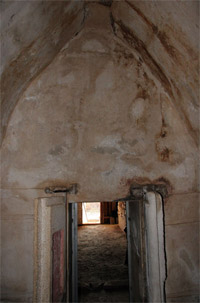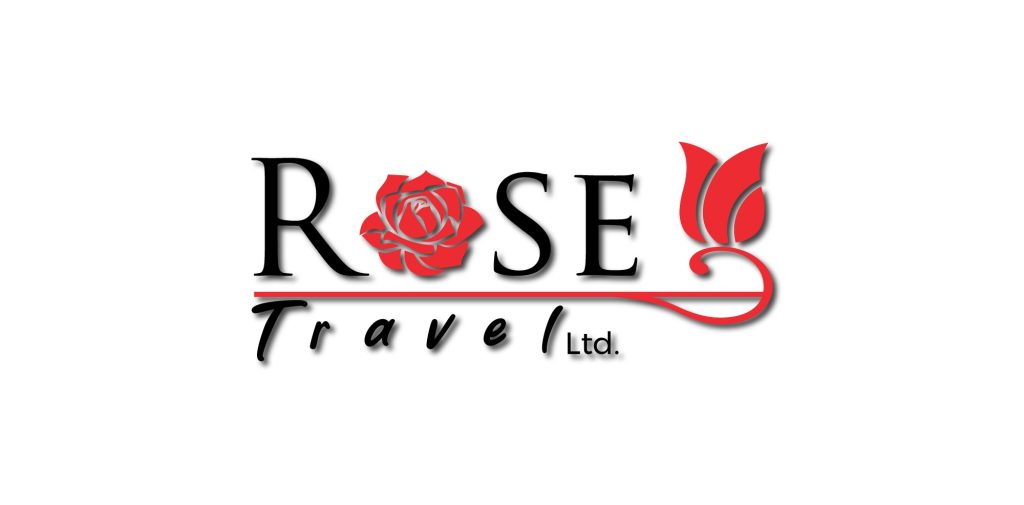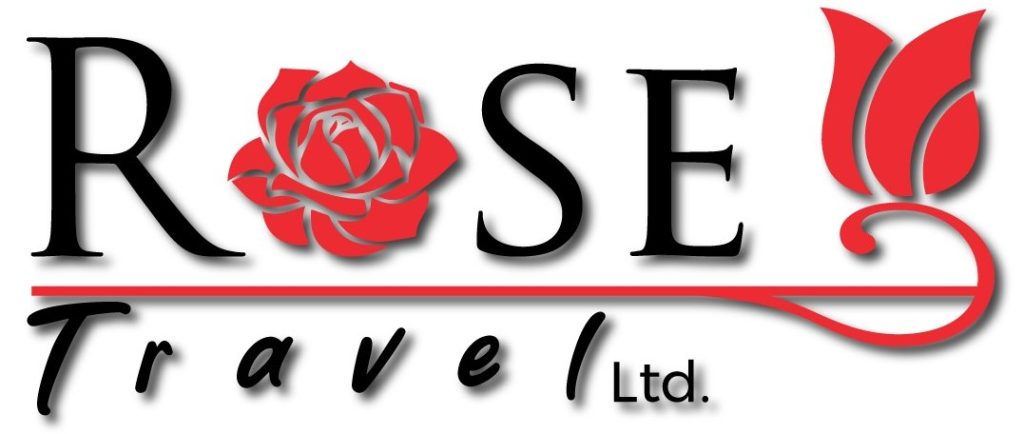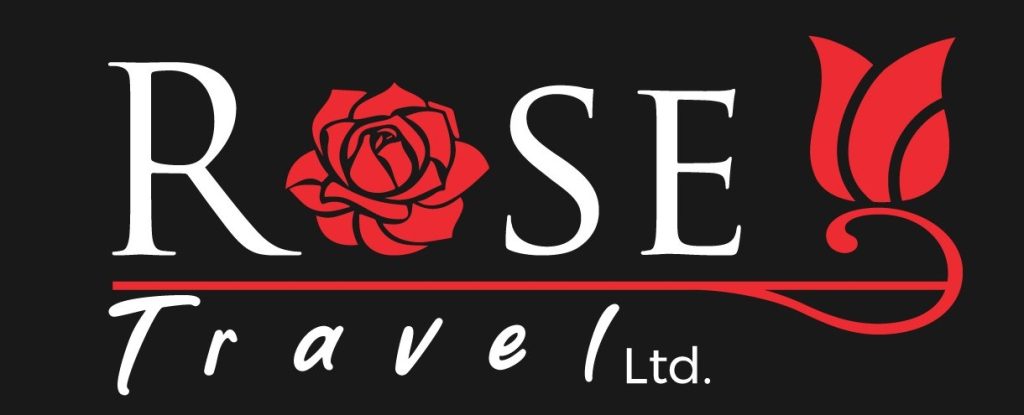Tomb of Helvetia
Tomb of Helvetia
It is located 12 km north of Kazanlak
Built in the 4th century BC. facility was used as a shrine, but after the last burial in it, the corridor was filled with river stones and earth. It is interesting that the two stone wings of the entrance door have been preserved, which are colored from the east in red (sun, day, life) and from the west – in black (darkness, night, death). A horse was sacrificed, whose blood flowed in special channels in the altar, and by the way it spilled, the Thracians divined whether the coming year would be fruitful and healthy.
The temple in the “Helvetia” mound near Shipka town was discovered in 1996. It was named so because the funding for its excavation was provided by the Swiss Embassy (Helvetia is the old name for Switzerland). It consists of a long and high corridor built with rough stones, a vestibule-altar, and a rectangular chamber. The vestibule has a unique covering that marks the transition from the gable roof to the semi-cylindrical covering of chambers in Thracian architecture. Its inclined walls are “crossed” by a horizontal band. The floors of all the rooms in the structure are covered with a thick lime plaster. The plaster covers the walls of the vestibule-altar and the chamber, imitating large marble blocks through horizontal and vertical incised lines. In the vestibule, a horse was sacrificed as an offering.
Through the entrance with a double-winged stone door, one enters the chamber, which has the same covering as the vestibule-altar.
The temple in the “Helvetia” mound near Shipka town was discovered in 1996. It was named so because the funding for its excavation was provided by the Swiss Embassy (Helvetia is the old name for Switzerland). It consists of a long and high corridor built with rough stones, a vestibule-altar, and a rectangular chamber. The vestibule has a unique covering that marks the transition from the gable roof to the semi-cylindrical covering of chambers in Thracian architecture. Its inclined walls are “crossed” by a horizontal band. The floors of all the rooms in the structure are covered with a thick lime plaster. The plaster covers the walls of the vestibule-altar and the chamber, imitating large marble blocks through horizontal and vertical incised lines. In the vestibule, a horse was sacrificed as an offering.
Through the entrance with a double-winged stone door, one enters the chamber, which has the same covering as the vestibule-altar.

Opposite the entrance to the chamber is an east-west ritual bed. It is built of small stones and plastered with a fine lime mortar. Found broken. The camera door is double-winged with a locking mechanism on the inside. A stone block of large dimensions and a door wing supported by stone blocks served as benches for Thracians initiated into religious practices. In the 4th century BC the facility was long used as a temple, but after the last burial in it, the corridor was filled with river stones and earth. This did not prevent it from being looted or ritually emptied in ancient times. The temple-tomb in the “Helvetia” mound is an important monument of Thracian architecture.


